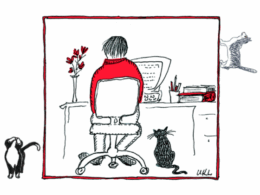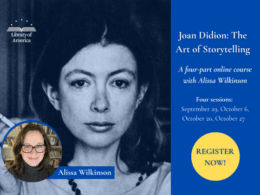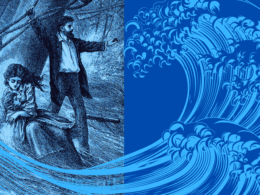In her enthusiastic tribute to Louisa May Alcott on her birthday today, Sheila O’Malley makes a pointed distinction. For her, Little Women may not be a great book, but it is “something much better than ‘great’: it is beloved”:
Jo LIVES. No one can convince me that she is just a fictional character. Nope. You cannot do it. It is also a wonderful portrait of a woman going her own way, who has a talent, many talents, and tries to find access to that talent, and also a way to express it. As a young creative and dream-filled child, Jo was a potent reminder to keep my nose to the grindstone, and to continue to develop myself, whichever way my talents took me.
In the years since 1868, when the novel was first published, millions of readers have felt the same way. Susan Cheever is one, as she writes in her new book, Louisa May Alcott: A Personal Biography:
I was twelve when my mother handed me Little Women, and the book electrified me. It was as if this woman from long ago was living inside my head. Here was a story about girls doing the things I did; a story about being obsessed with how a dress might look, or trying hard to be a good girl and then finding that, somehow, one’s actions were those of a bad girl.
Biographer John Matteson recounts that Thomas Niles, Alcott’s editor, was doubtful about the first chapters of Little Women—he found them “dull”—until he showed them to his young niece, who laughed and loved the antics of the four daughters. Alcott knew her subject: she had three sisters and was an experienced writer of six books, mostly sensational thrillers, when the request came for a “book for girls.” She took a shrewd new approach to the genre, as Alison Lurie has described:
In most juvenile fiction of the time everything was drawn in black and white. Girls’ books . . . featured a single suffering, self-sacrificing heroine of near-perfect virtue and patience. But in Little Women there are four heroines, all different and all imperfect. In the course of the story they struggle to become good, but like most human beings, they never completely succeed. The implication is that it is possible to have serious faults—vanity, anger, impatience, timidity, and selfishness—and still deserve happiness.
By the time Alcott died at the age of fifty-five in 1888 one million copies of Little Women had been sold and her royalties from this book and its two sequels amounted to more than $200,000, a considerable amount for the time. Her writing enabled Alcott to buy a furnace and carpets for Orchard House, the home where she wrote Little Women, and to pay to send her younger sister, May, to Paris to pursue her art studies.



